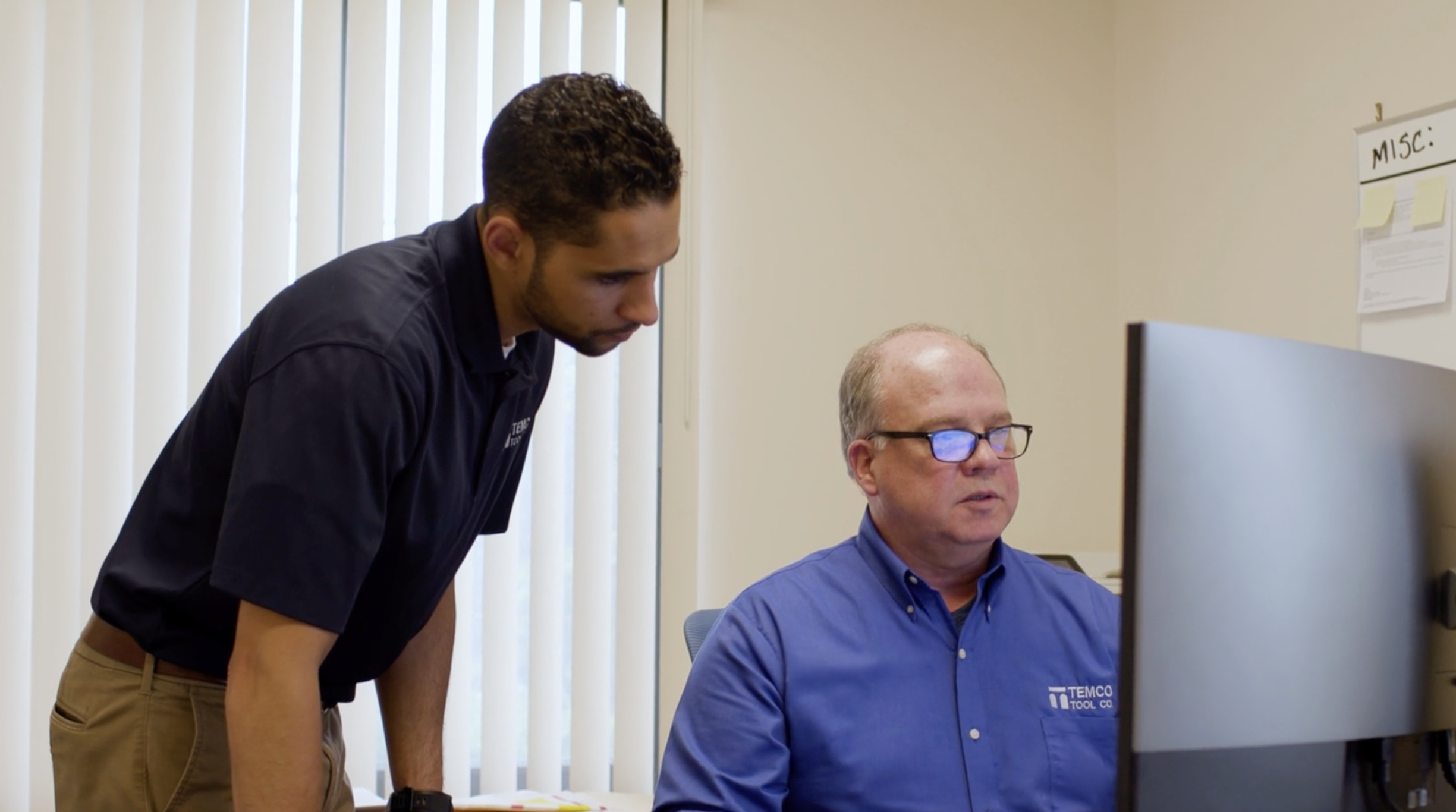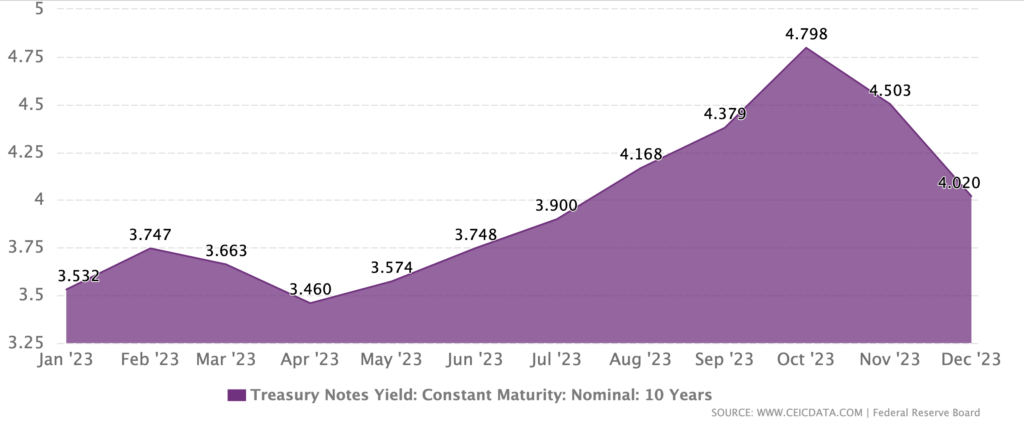
Fiscal Focus: Dial in on These 5 Financial Best Practices to Grow in 2024
2023 provided a masterclass in resilience and adaptability for American manufacturers. A year of mixed signals, many shops experienced explosive growth and demand, while others felt their industries contracting. Factors like industry consolidation and reshoring impacted everyone in different ways. The cornerstone of financial stability was working capital, as soaring interest rates sucked the wind out of nearly everybody’s sails.
So how do you make sense of it all and build a financial strategy that helps your shop grow and stay resilient in 2024 and beyond? Here are five best practices that financial experts in the manufacturing industry recommend:
1. Strategic Pricing
If you’re quoting repeat customers at the same price you were five years ago, you’re probably undercharging. Resist the urge to spit out a price from your ERP based on the last time you quoted the job; too much has changed. The right price is the price your customer is willing to pay that maximizes profit margins for your shop.
2. Plan Around Interest Rates
Experts predict interest rates will come down by Q3, but plan as if they’ll stay steady (and be pleasantly surprised when they fall). If you’re financing anything this year, ensure at least part can be refinanced later this year. Before talking to banks, do your homework and go in with a plan—and don’t be afraid to shop around.

United States’s long-term interest rates | Federal Reserve Board via ceicdata.com.
3. Adopt a Growth Mindset (vs. an Expense Mindset)
Strengthening and optimizing your sales and marketing efforts can help you generate more leads and focus on high-value work. A growth mindset also means investing in your employees by providing tools to enhance efficiency and performance. It also means staying on top of your quote backlog; a backlog exceeding six months restricts flexibility in attracting new clients and removing unproductive ones.
4. Prepare Long-Term for Buying or Selling
As industry consolidation continues into 2024, long-term preparation is critical. If you’re in the market to sell, start with realistic expectations. Most shops should expect a valuation of 3-5x EBIDTA. Don’t wait until you’re ready to start planning; maximizing value and ensuring a smooth transition means putting the right plans in place three years out. If you’re in the market to buy, be weary of shops that are overly reliant on the owner’s legacy knowledge. The least risky shops have clearly-documented processes, modern tech stacks, and a repeatable business model.
5. Assert Your Worth
Not all bids are created equal. By clearly communicating how you arrived at your price, offering dynamic pricing with lead times, and being upfront about your payment terms, buyers can make more informed decisions—even if that means choosing a more expensive shop.
Navigating the Road Ahead
Prioritizing your shop’s financial health is not just an option but an imperative priority for shops looking to sustainably succeed in 2024. For more context around the strategies outlined in this blog post, watch our recent expert panel on demand: How American Manufacturers Can Financially Prepare for 2024.
To learn how Paperless Parts can help you build resilience and profitability, get in touch with our team today.
___
Jason Ray is the Co-Founder & CEO of Paperless Parts.
